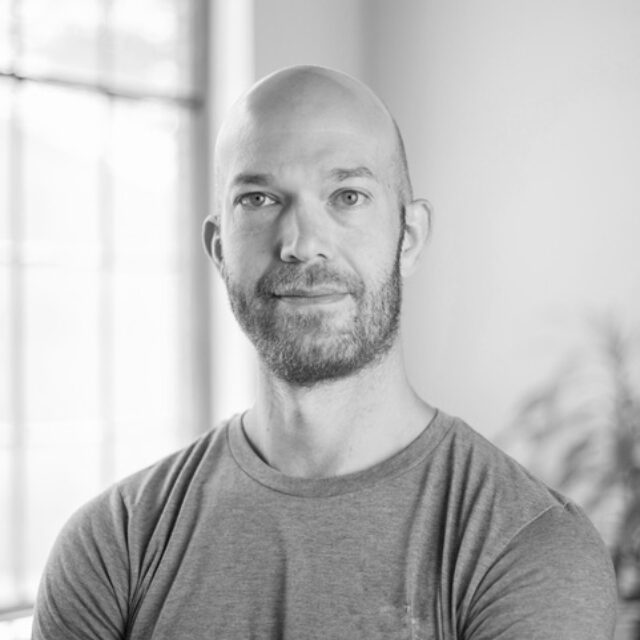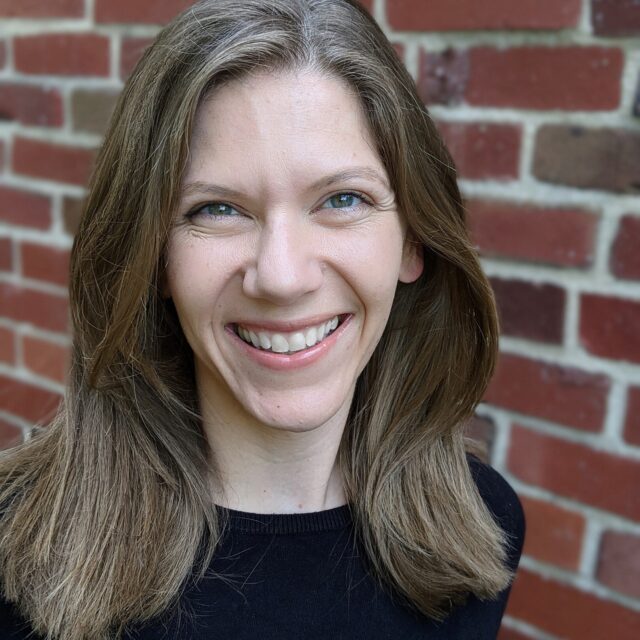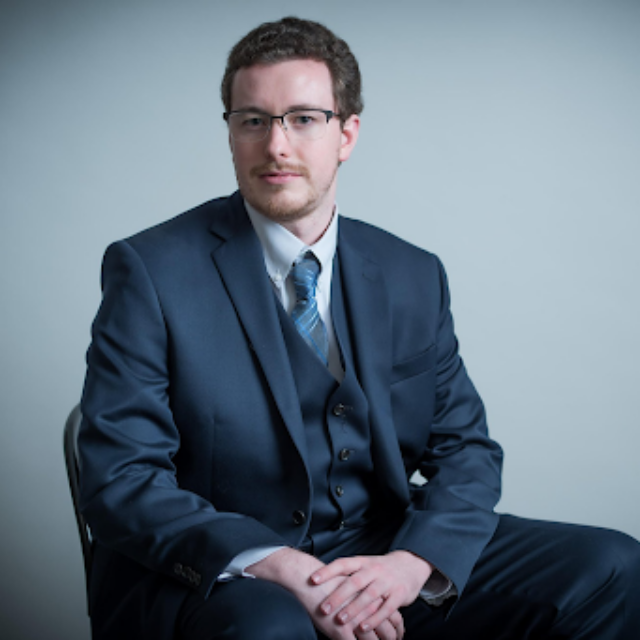Audacia Ray and Somjen Frazer: Anti-LGBTQ+ Hate Violence Incidents
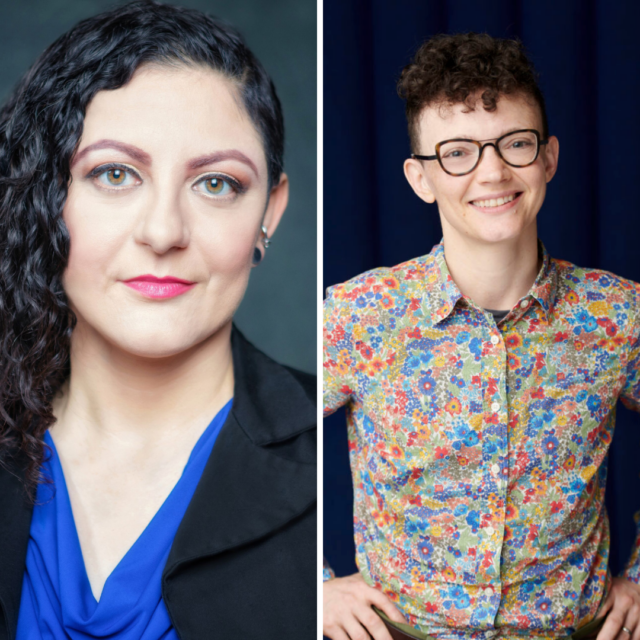
7.28.2023
Safety in Numbers
Welcome to Everytown Research & Policy’s Safety in Numbers blog series, where we will invite leading experts in the growing field of injury and safety prevention to present their rigorous research in clear, user-friendly language on a regular basis. Our goal is to share the latest developments, answer important questions, and stimulate evidence-based conversations on gun violence prevention in which all of us can participate. If you have a topic you want to hear more about, please feel free to suggest it at: [email protected].
Sarah Burd-Sharps, Director of Research
Note: The views, opinions, and content expressed in this product do not necessarily reflect the views, opinions, or policies of Everytown.
The New York City Anti-Violence Project (AVP) began its work more than 40 years ago as a community-led safety initiative of LGBTQ+ and HIV-affected survivors to educate the public about the prevalence of anti-LGBTQ+ violence and to advocate for justice. Today, AVP is the largest LGBTQ-specific anti-violence organization in the United States. Recently the organization partnered with Strength in Numbers to conduct a survey for LGBTQ+ safe spaces, such as community centers, service providers, and small businesses, to understand how these local organizations are experiencing and responding to different forms of violence.
Audacia Ray, the director of community organizing and public advocacy at AVP, and Somjen Frazer, principal researcher with Strength in Numbers, spoke to us about what led them to take on this work and implications for policymakers and community organizations.
Tell us about the LGBTQ+ Safe Spaces National Needs Assessment.
Audacia Ray:
The Monday after the mass shooting at Club Q in Colorado Springs last November, the management team of Anti Violence Project asked ourselves what this moment required of us. Over the past few years, we’ve been building our community safety work with upstander trainings, community safety planning workshops, and advocacy for funding violence prevention efforts rooted in community instead of policing and criminalization. We know from community reporting and training requests that the last few years have seen a shift to more organized anti-LGBTQ+ hate violence that is stepping beyond individual and often random acts of hate violence into more planned and targeted incidents.
Somjen Frazer:
At Strength in Numbers, the organization I founded, we’ve done a number of projects on violence against the LGBTQ+ community, whether that is our work on state violence in the US with Lambda Legal, extrajudicial violence in international contexts with Outright, or our previous work with the AVP on hate crimes and intimate partner violence. We have learned that one necessary—but not sufficient—response to anecdotal accounts of increased violence is an accurate accounting of the size of the increase, and we wanted to help provide a timely response.
What is unique about this research? How does it contribute to research on hate-motivated violence?
Somjen Frazer:
When Strength in Numbers was approached by AVP to partner with them in this work, we wanted to make sure that we were as rigorous as possible given the short time (about 10 days) that we had to design a survey and move it into the field. The first important thing about it is that it was timely, but the second was that we asked what people needed and wanted to prevent, respond to, and recover from the violence—not just about the experiences of violence themselves.
How did you define hate-motivated violence? Is this different than standard classifications of hate crimes?
Audacia Ray:
AVP uses the phrase “hate violence” to include all incidents that survivors name as hate or bias-motivated, whether or not they meet the legal definition of a hate crime. Hate violence, of course, includes physical violence, but it also includes harassment, intimidation, and tactics used publicly or privately to make a person feel unsafe based on their actual or perceived identities. Moreover, multiply-marginalized people often experience hate violence and bias that targets more than one of their identities. This means our definition is more expansive than the legal definition of “hate crimes,” and we don’t advocate for using the law to criminalize a wider variety of behaviors.
Many states and larger cities have hate crimes task forces that are responsible for deciding whether an incident should be investigated and prosecuted as a hate crime. The standard of evidence is often difficult to meet, and there are many forms of hate violence that are not crimes at all. However, increased penalties for hate crime convictions have not been proven to make people think twice before committing an act of violence.
What are some key findings of your recent survey?
Audacia Ray and Somjen Frazer:
The LGBTQ+ Safe Spaces National Needs Assessment points to a reality for LGBTQ+ safe spaces in which targeted hate violence has become common and relentless. More than three-fifths (62.1 percent) of the 380 organizations surveyed experienced some type of harassment or violence, and we were surprised that most of these incidents had occurred more than once. For example, among those businesses and organizations that had experienced at least one protest in the past year, over two-thirds (68.7 percent) had experienced more than one protest. These are not minor events or experiences but rather patterns of harassment and violence that disrupt the work of these organizations and take a huge toll on staff, volunteers, and community members.
Just under one in three (28.8 percent) LGBTQ+ businesses and organizations who took the survey experienced two or more different types of incidents, and nearly one in 10 (8.7 percent) experienced at least four different forms of harassment. These forms of harassment included threatening phone calls, protests from far-right and white nationalist extremist groups, and vandalism.
Threats against youth-serving organizations and LGBTQ+ community centers were disproportionately high—69.9 percent of youth-serving groups surveyed experienced at least one incident, compared to 57.5 percent of all groups. Nearly nine in 10 (86.8 percent) community centers had experienced at least one phone or in-person incident. They were also more likely to be targets of online attacks (78.3 percent vs. 42.3 percent).
The presence of white supremacist groups in instigating and carrying out protests against LGBTQ+ safe spaces was evident in survey responses. Nearly half (47.5 percent) of groups that experienced protests reported that they believed white nationalist groups led these incidents. Of organizations that did not report protests to their local police, 16.7 percent of these stated they did not report to police because they believed the police were allied with white nationalist groups.
What are some implications of this research for violence prevention practitioners?
Somjen Frazer:
There are many different roles that professionals and the rest of us can play in preventing violence. One of the most important ways we can prevent violence is to stop hate at its source. We can teach children and adults about the importance of celebrating diversity and appreciating differences. Unfortunately, hate violence will probably be with us to some degree for a long time, so helping organizations prepare for and harden themselves against violence is very important. Organizations who took the survey wanted more resources to receive training on responding to hate violence—particularly active shooter situations—and to put in place safety measures (such as bulletproof glass) in their spaces.
What are some key areas where more research is needed?
Somjen Frazer:
We need to continue to learn about how organizations and the staff, volunteers, and community members they serve can heal from violence. What does an optimal community response look like for an organization that provides needed services and is the target of a hate violence? Is it flooding the area with free psychotherapy? Is it a counter-protest? Is it giving everyone some time off, or helping them come together? LGBTQ+ communities and other marginalized groups are resilient and creative, but it’s definitely time to stop asking them to be and to provide support to prevent and respond to violence.
What solutions should be implemented to reduce bias-motivated violence? What resources are needed?
Audacia Ray and Somjen Frazer:
It is important that we center the solutions to this violence in the direct needs of those most impacted and amplify solutions that minimize harm. This report makes clear not only the importance of data collection on this topic but also the need for additional data collection going forward. We must also identify the causes of this violence and work toward reframing the way this violence is viewed among members of our society. The onus of reducing bias-motivated violence is on the systems and people who perpetuate the violence, but our organizations overwhelmingly need training and security resources as these threats grow.
What can LGBTQ+ organizations and violence prevention organizations more broadly do to elevate this work and prevent this type of violence?
Audacia Ray and Somjen Frazer:
The most significant way that those groups can elevate this work and prevent this violence is to speak about it. For LGBTQ+ organizations, if possible and safe, it means sharing our stories with community and stakeholders. Reach out to your local elected officials to share insight on what you are experiencing, and document what is happening to you. Other violence prevention organizations can do the same while ensuring that the unique issues that multiply-marginalized folks, specifically LGBTQ+ folks, experience around violence and violence prevention.
If organizations don’t feel comfortable speaking out, at least document the incidents and ensure they are reported internally and to external partners. Share information with other organizations around you to keep the community apprised of what’s happening.
Is there anything else you would like to share about your work and/or violence prevention in general?
Audacia Ray:
For more than 40 years, AVP has worked to help keep LGBTQ+ and HIV-affected people safer with crisis support, advocacy and resources, counseling and legal support, and more. We are available 24 hours a day, seven days a week through our bilingual English/Spanish hotline supporting LGBTQ+ survivors of violence. Learn more about AVP’s work on our website.
About Audacia Ray and Somjen Frazer
Audacia Ray
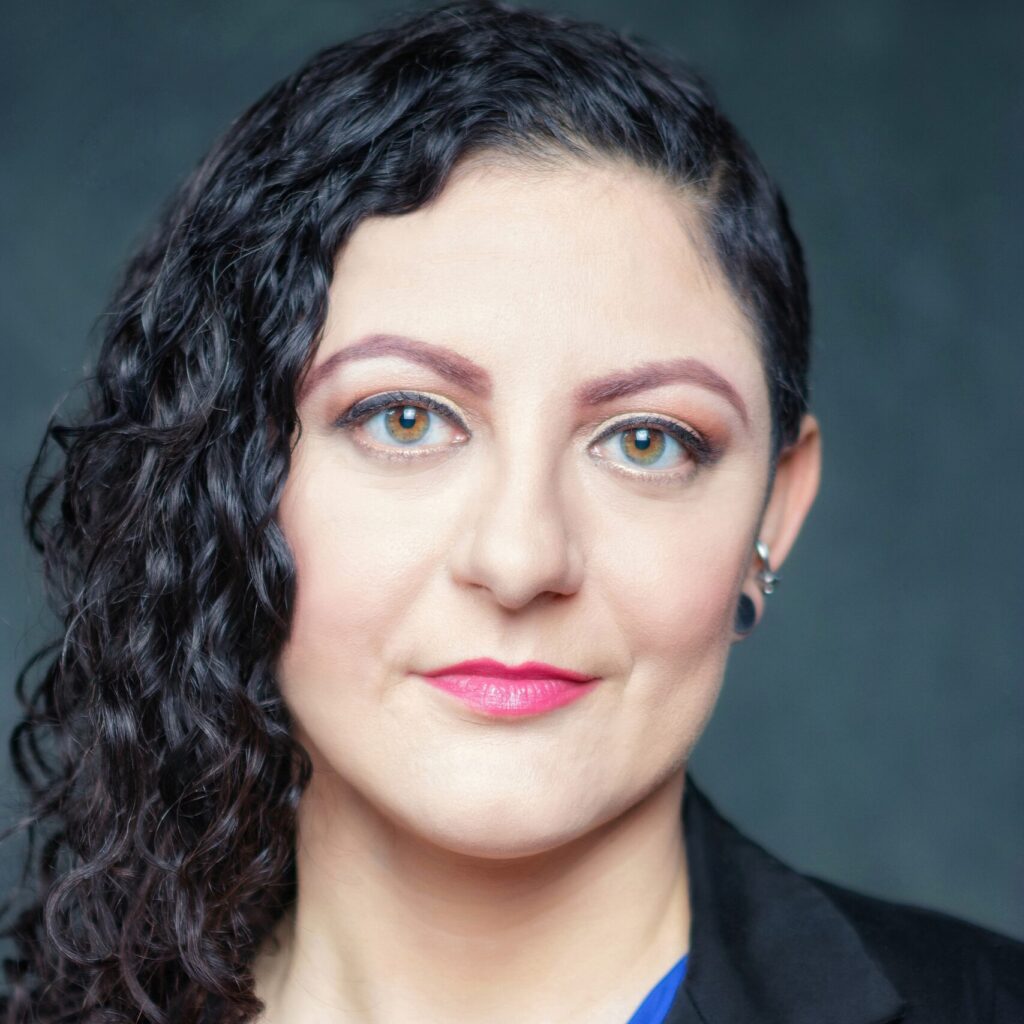
Audacia Ray is the director of community organizing and public advocacy at the New York City Anti-Violence Project. Audacia is an advocacy and communications professional with 10+ years of experience in campaign management for city- and state-level advocacy campaigns in New York, communications production and implementation across many platforms, and developing and leading trainings on media and advocacy skills. Over their five years with the organization, Audacia has been working to shift resources to LBGTQ+ communities directly impacted by violence and away from criminal legal systems.
Somjen Frazer
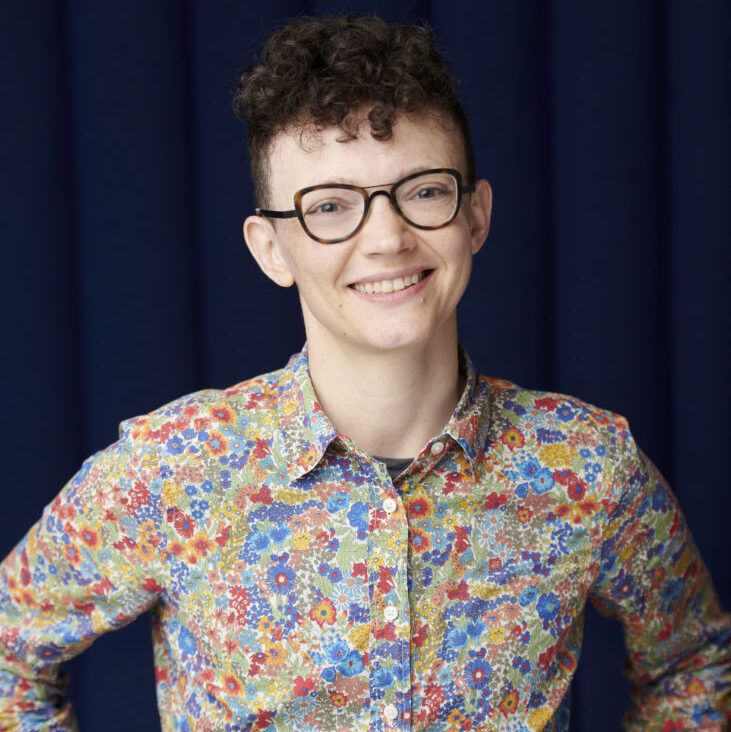
Somjen Frazer is the president and a principal consultant with Strength in Numbers Consulting Group, and led the data research team for the LGBTQ+ Safe Spaces National Needs Assessment. Strength in Numbers is a research, evaluation, and philanthropic strategy organization located in Brooklyn, New York. Dr. Frazer has been doing research and evaluation projects with the LGBTQ+ community for over 20 years, and specializes in quantitative methods for social justice. Their passion for participatory research is substantively influenced by marginalized communities and in service of social justice led them to start Strength in Numbers and continues to sustain their work to this day.



